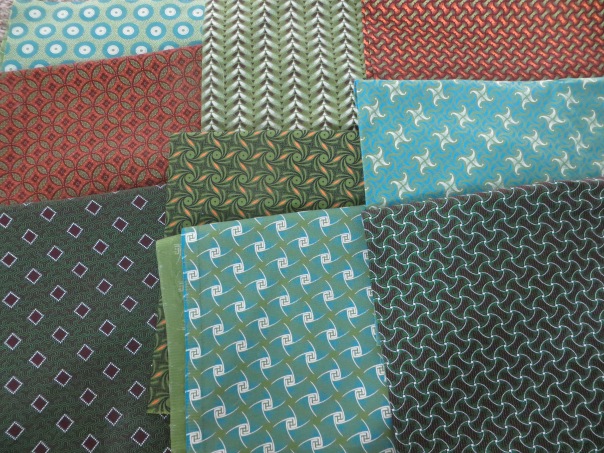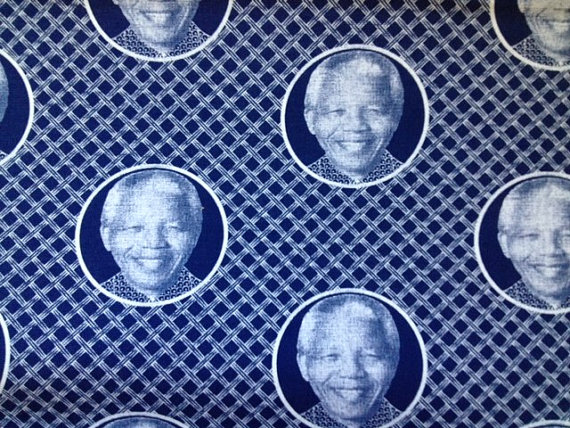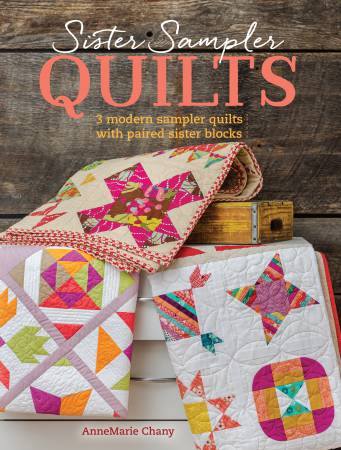Monthly Archives: November 2017
Hayl’s Quilting Class: Prelude – Shweshwe Fabric
In the past few months, I’ve done very little other than work, work, work, with a side of housework. While setting up our new house is fun, it’s also been stressful, since my few precious days off are torn between resting/recovering from the week, catching up on grading and lesson planning, obtaining essential furniture and appliances to make our new home functional, and chores/housework/yardwork. (I’m exhausted just typing that!)
All that is to say, I am in desperate need of something fun, creative, and social as a relief from all this work. So I signed up for a quilting class at a local fabric store!
My first class is this afternoon, and later I’ll post about piecing the quilt squares we’ll learn today. But first, I wanted to take a moment to talk about the fabric I’ll be using in my quilt. While in South Africa, I purchased some traditional shweshwe fabric:

Shweshwe, like most things South African, has a long and complicated history involving the intersection of native cultures (in this case, primarily Xhosa and Sotho cultures) and European colonialism. (A good write-up of the history of the fabric can be found here.)
I purchased shweshwe in new, modern colors – but in the traditional geometric patterns. Before the 1990s, the fabric was only available in blue, as it was originally dyed with indigo, even though a synthetic indigo dye had been used for a century. In the ’80s and ’90s, production of the fabric shifted from Europe (where it had originated in the 18th and 19th centuries) to South Africa. New colors of chocolate brown and bright red were introduced, and new colors like these greens, teals, and oranges have only become available in recent years.
With the end of apartheid in the 1990s came the forging of a new national culture in South Africa, and it seems shweshwe has had a significant role in that. Though its origins are European, today shweshwe is uniquely South African. Da Gama Textiles in Zwelitsha in the Eastern Cape is now the only place in the world where this type of traditionally printed fabric is produced. In South Africa, the fabric is ubiquitous: it is used for dresses, aprons, headwraps, purses, tablecloths, etc. In addition to the traditional geometric designs, a particularly popular fabric is the Nelson Mandela print:

In my quilting class, we will be making a quilt from the book Sister Sampler Quilts by AnneMarie Chany.

The quilt is described as a “traditional quilt blocks set in a modern quilt.” This description struck me as being perfect for my shweshwe fabric. The art of quilting has always been about connecting history and heritage with the present and the future. Chany says of the quilt I’ll be making: “This quilt’s theme centers around your favorite women.” The blocks all have names like Grandmother’s Frame, Aunt Eliza’s Star, Sister’s Choice, or (my personal favorite) Contrary Wife. Of course, I am inspired to quilt by my mom – and I’ll be using the sewing machine my Granny gave me. Visiting the fabric store with Nora, my mother-in-law, motivated me to sign up for the class in the first place. So of course this quilt will celebrate my favorite women, in addition to celebrating my favorite places in the world through the fabric I’ve chosen. At the same time, I’m making it during a very new stage of my life – our first year in a new state, living in our first house, and in my second year of teaching high school. Both the fabric and the quilt layout are a mix of traditional and new, and that’s right where I need to be right now: holding on to what came before while looking forward.